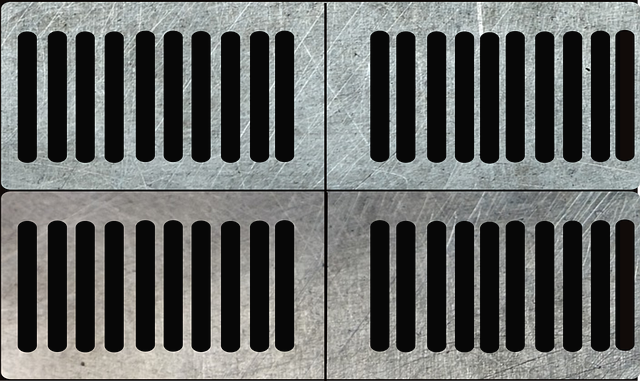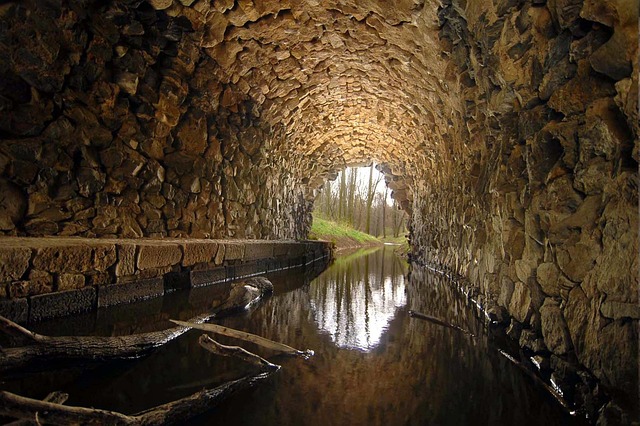TL;DR:
Recognize subtle signs of sewer line damage like strange odours, slow drainage or water pressure changes. Act swiftly by consulting a Sewer Line Repair Guide and professional plumbers for accurate diagnosis. Regular inspections and proactive maintenance, avoiding flushing non-biodegradable items, prevent future issues. The Sewer Line Repair Guide offers comprehensive knowledge for effective plumbing system management.
“Unseen beneath our feet, sewer lines play a crucial role in our daily lives. However, these vital infrastructure components can fall victim to damage, often going unnoticed until it’s too late. This comprehensive guide delves into the hidden signs of sewer line damage, empowering homeowners and property managers to recognize potential issues early on.
From identifying common indicators like clogs and unusual odors to understanding repair options and maintenance practices, this Sewer Line Repair Guide is your go-to resource for ensuring these essential systems remain in top condition.”
- Recognizing Common Signs of Sewer Line Damage
- Assess the Extent of the Damage & Repair Options
- Steps for Effective Sewer Line Repair & Maintenance
Recognizing Common Signs of Sewer Line Damage

Recognizing potential signs of sewer line damage is crucial for anyone who wants to maintain a well-functioning plumbing system. While some issues may be immediately apparent, such as noticeable leaks or gurgling sounds coming from your pipes, others can be more subtle. Keep an eye out for strange odours emanating from drains or unusual variations in water pressure. These could indicate blockages or leaks within the sewer lines. Additionally, slow-draining sinks and toilets might suggest a more serious problem with the main sewer line, requiring professional attention and potentially leading to the need for a comprehensive Sewer Line Repair Guide.
Assess the Extent of the Damage & Repair Options

When assessing the extent of sewer line damage, it’s crucial to act swiftly as neglecting issues can lead to more severe and costly repairs. Start by identifying the signs—from strange odours or sluggish drainage to leaks or poolings around your property. A Sewer Line Repair Guide can be a valuable resource during this process.
Once you’ve confirmed damage, understand that repair options vary based on severity. Minor cracks or leaks might be fixable with relining techniques, while extensive damage may require full replacement. Consulting a professional plumber is essential for accurate diagnosis and choosing the most effective and cost-efficient repair method.
Steps for Effective Sewer Line Repair & Maintenance

Effective sewer line repair and maintenance is a crucial aspect of home ownership, ensuring your plumbing system remains in top condition. Here’s a straightforward guide to help you navigate this process.
Regular inspection is key; look out for signs like slow-draining sinks or toilets, water backing up into drains, or foul odours. If you notice any issues, don’t delay—call a professional plumber. They can use advanced technology like camera inspections to accurately identify damage, whether it’s from tree root intrusion, pipe corrosion, or structural failures. Repairs can range from relining the pipes to complete replacement, depending on the severity. Maintaining your sewer lines is equally important; prevent future issues by avoiding flushing non-biodegradable items and scheduling regular maintenance checks.
Identifying and addressing sewer line damage early is key to preventing costly repairs and maintaining a healthy plumbing system. By being aware of common signs, such as unusual smells, clogs, or visible cracks, homeowners can take proactive measures. Assessing the extent of the damage through inspection and professional evaluation ensures the best repair options, including relining, replacing, or repairing the affected sections. Regular maintenance, like scheduling periodic camera inspections, can also help catch potential issues before they turn into major problems. A well-informed Sewer Line Repair Guide is an invaluable tool for any homeowner aiming to protect their property’s plumbing integrity.
